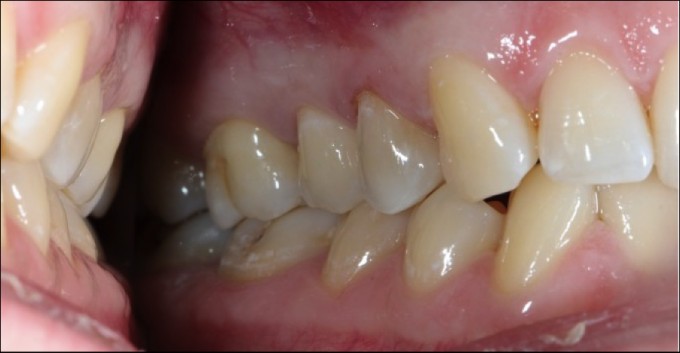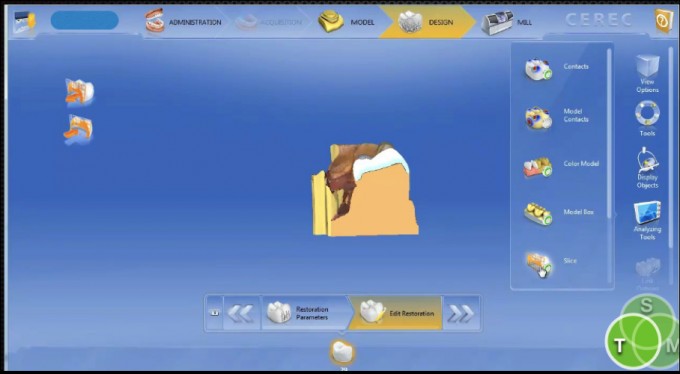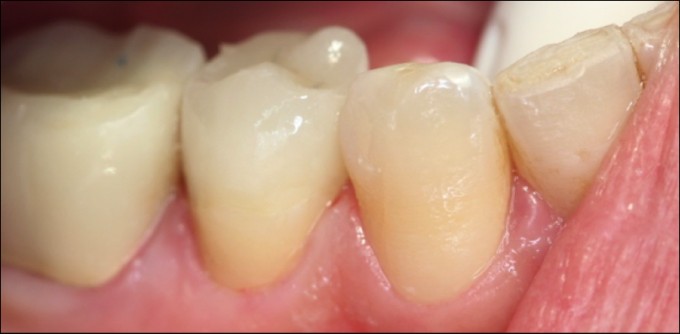CEREC Harmony
Recently we had a beautiful case posted by Dr. Gregory Mark. It was a restoration that disappeared into the patient’s dentition. It was done so well that it would be almost impossible for a non-dentist to pick out the restoration.
There were a few posts asking about how he characterized the restoration because it blended in so well. Knowing Gregory and his excellent work, it wasn’t how he did things to hide the material but how he selected the correct material to work in the situation he had. He was able to create a restoration that was harmonious with the rest of the teeth in the patient’s mouth.
To match what is in a patient’s mouth is more than just “ picking a shade”. A lot of it depends on how light interacts with what is present. Does the restoration have to match a darker tooth that has been restored? Is it near a tooth that is worn? Is there solid tooth structure to support the restoration?
Enamel is a semi transparent material that gets its warmth and depth from the dentin beneath it. It is a material that is extremely difficult to mimic with an opaque material and some stain and glaze.
Here you can see a prep with a shoulder about mid tooth, front and center. Something like this could be difficult to hide the transition. If you look at the way the buccal is tapered you can see it is a non-traditional prep. The tapered buccal preparation allows for more of the warmth of the dentin to come through, the same result as enamel does in a natural tooth. For a bonded restoration we don’t need to have excessive thickness because strength comes from using a good bonding system.
By working with the optical properties of the HT e.max material, one doesn’t have to spend a lot of time and effort to hide transitions. One just have to take a few moments to create some highlights to enhance the esthetic result.
Selective etch, transparent cement, HT block - it all adds up to restorations that disappear into the natural dentition.
It helps immensely to think about what you are trying to replace and what you are trying to accomplish. Many times by working with what is present and using the correct materials, you can get restorations that blend in perfectly.
The end product is CEREC Harmony!






